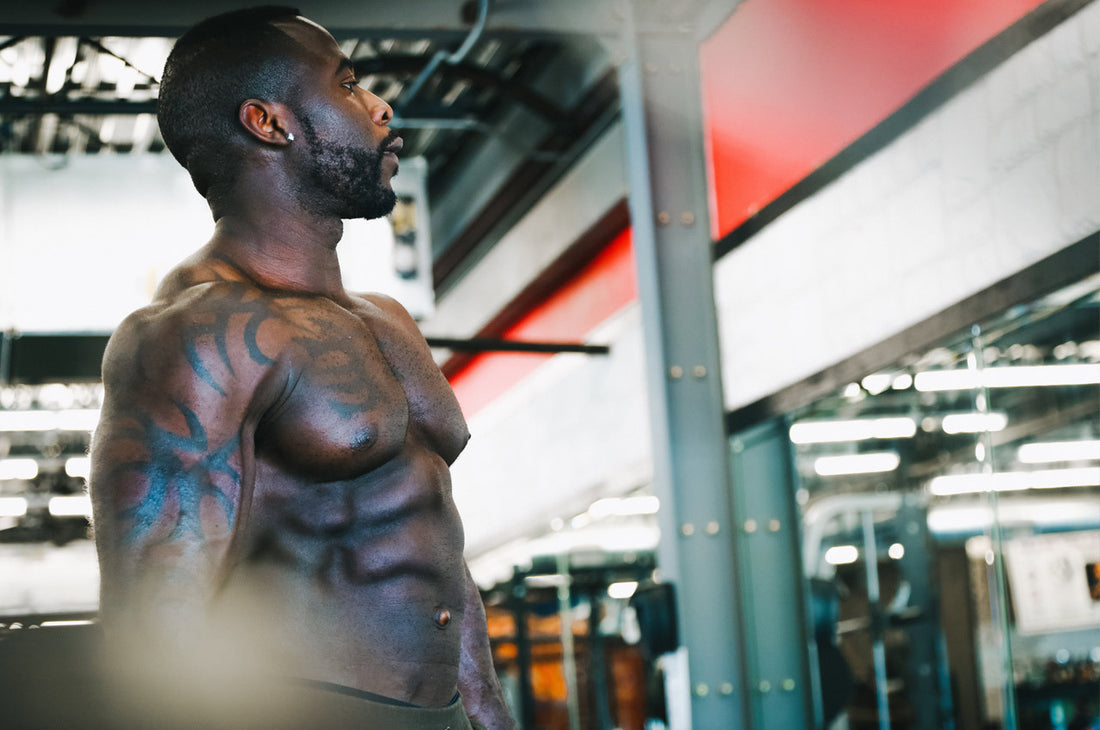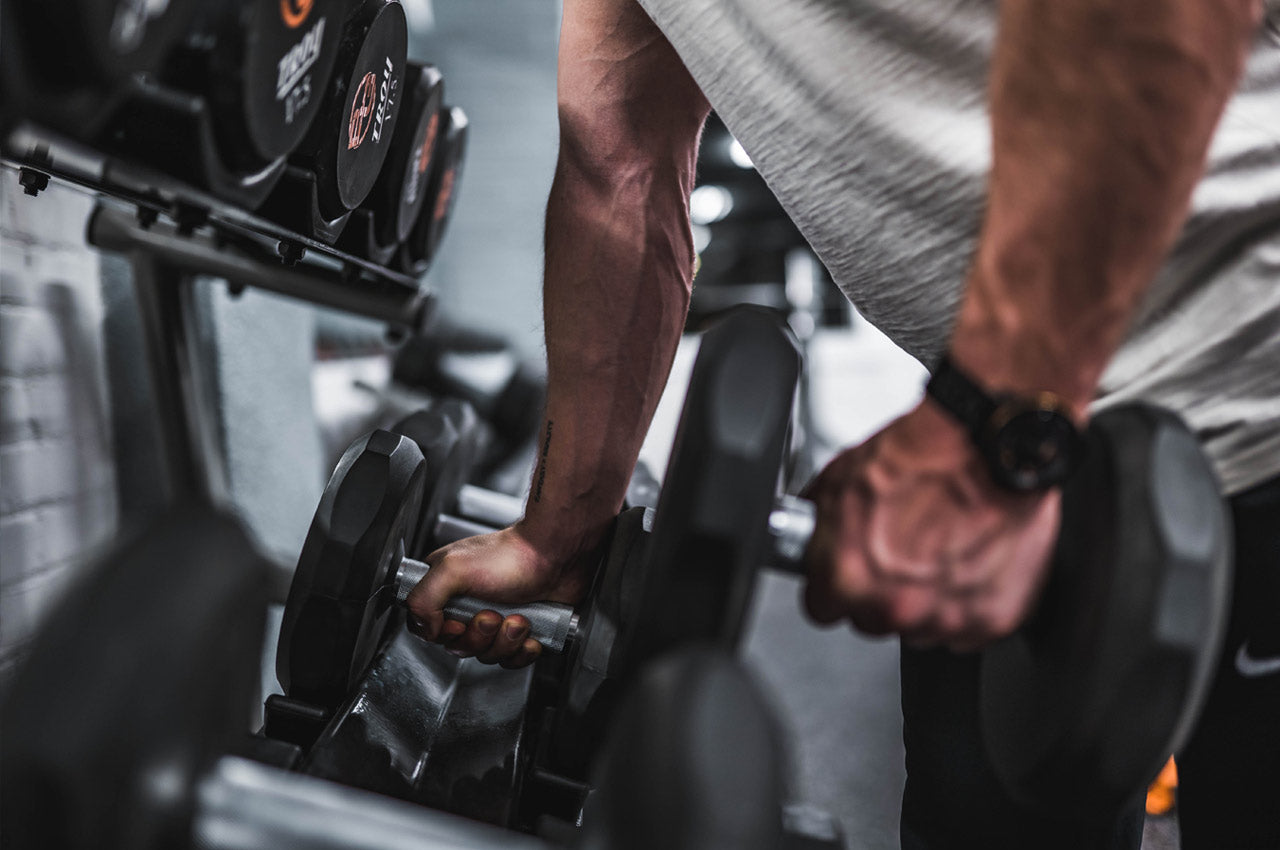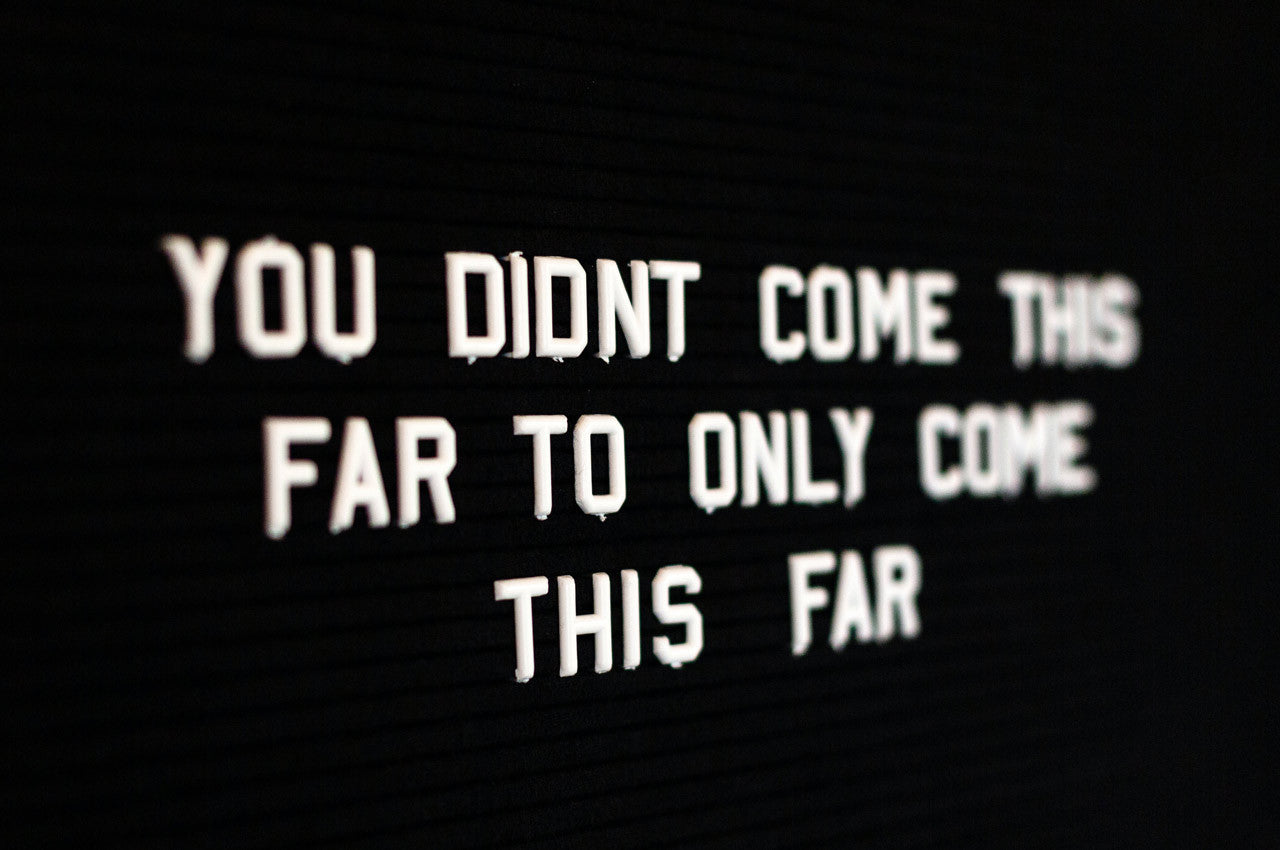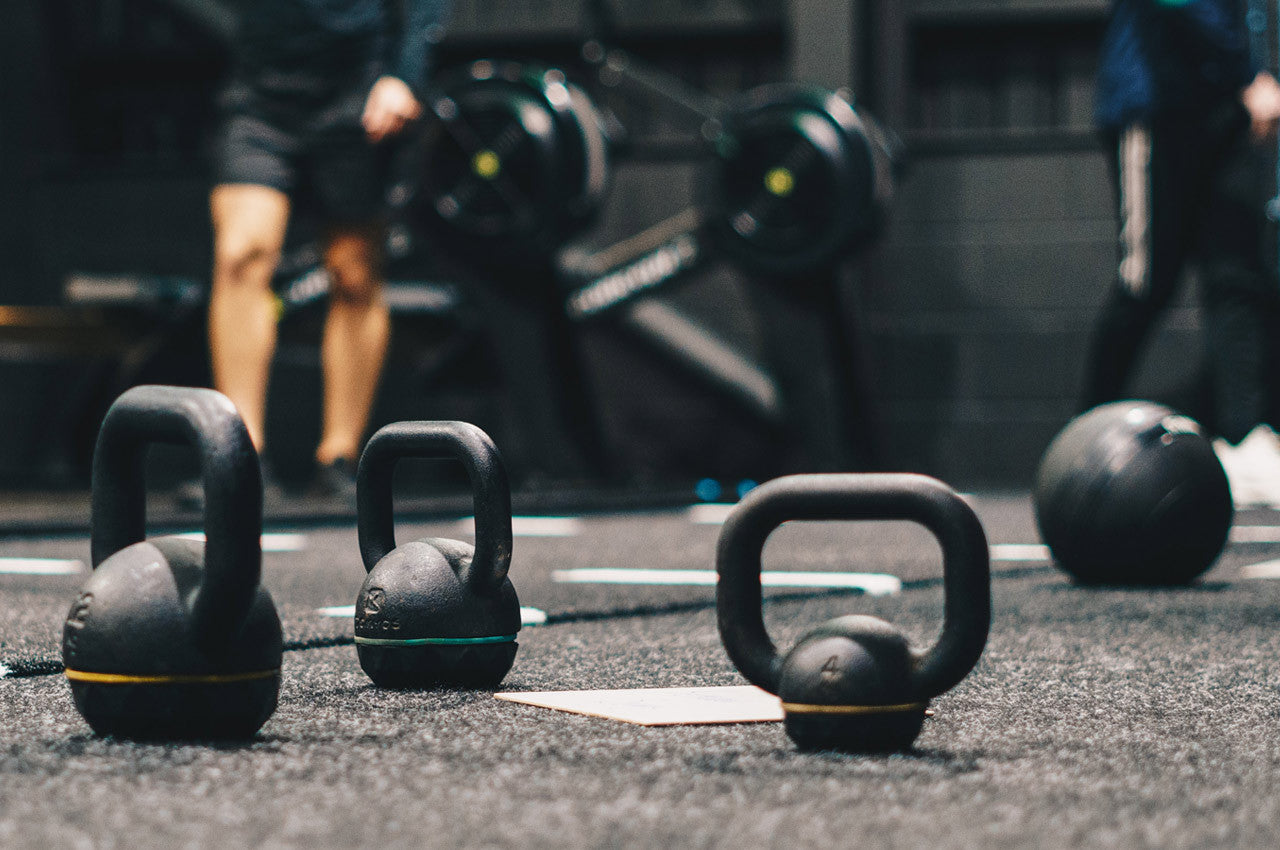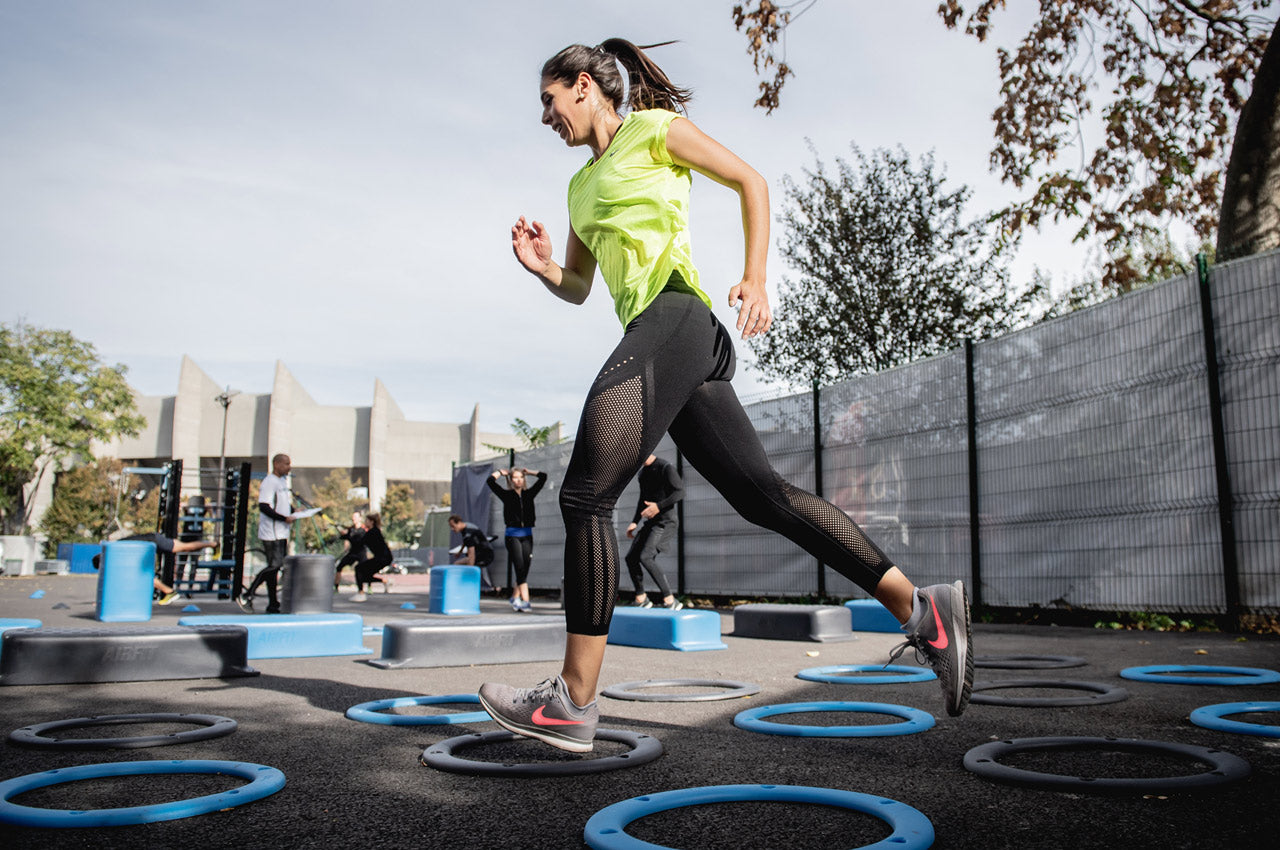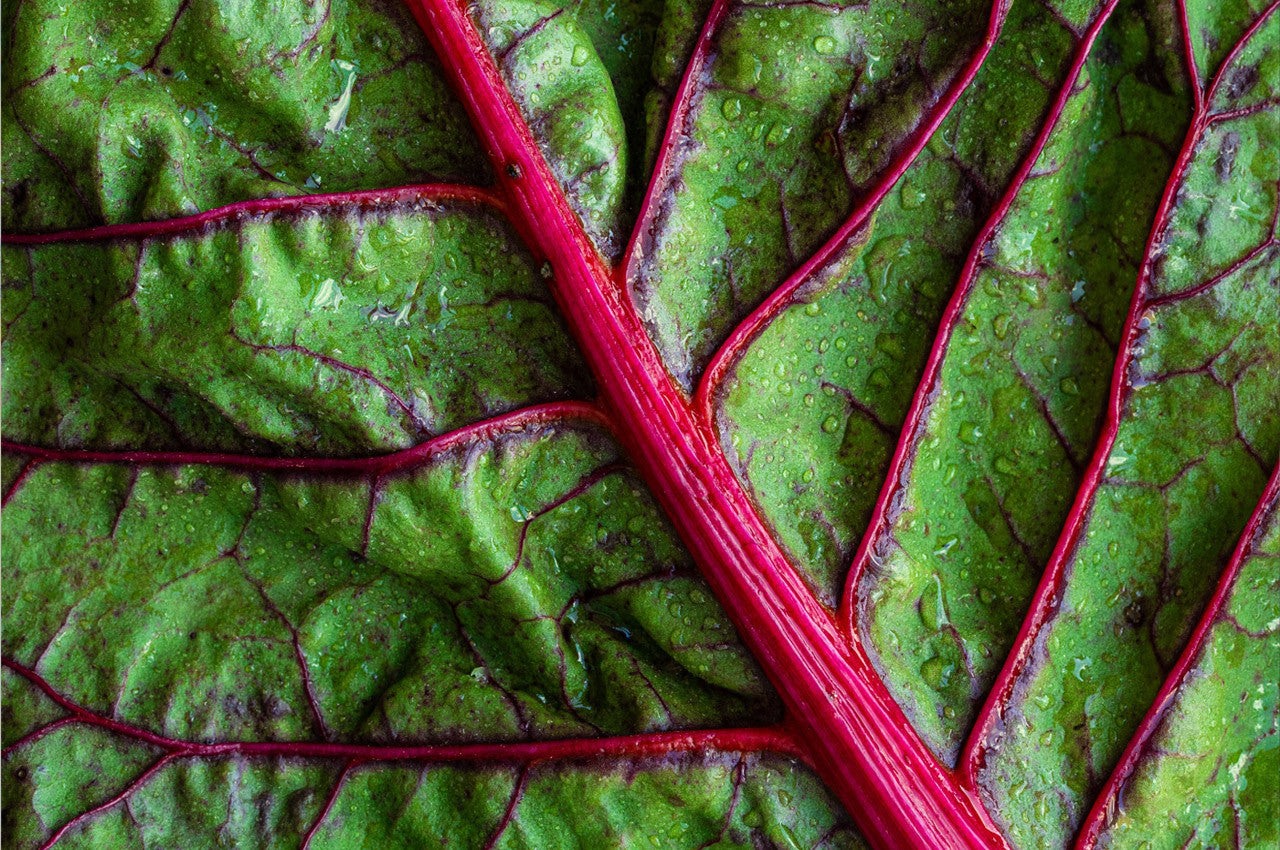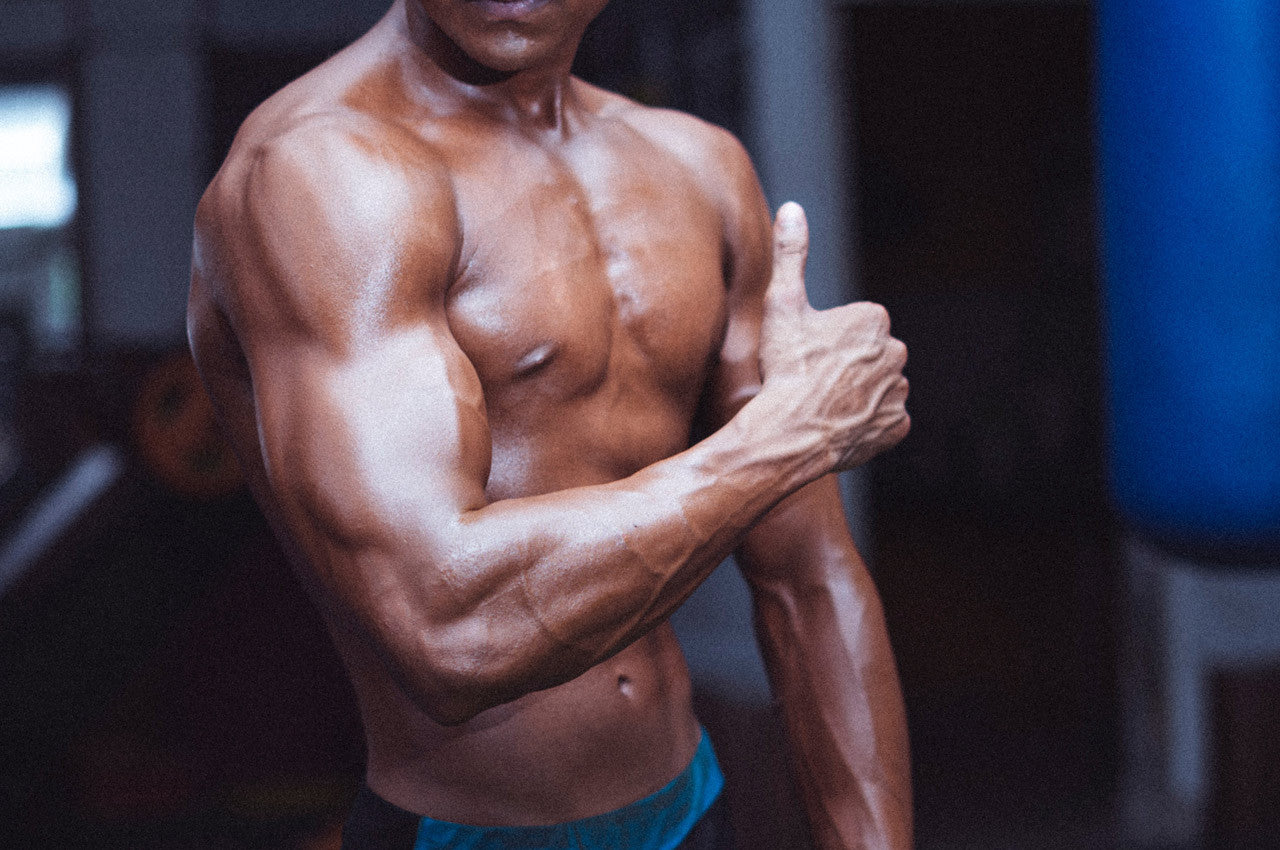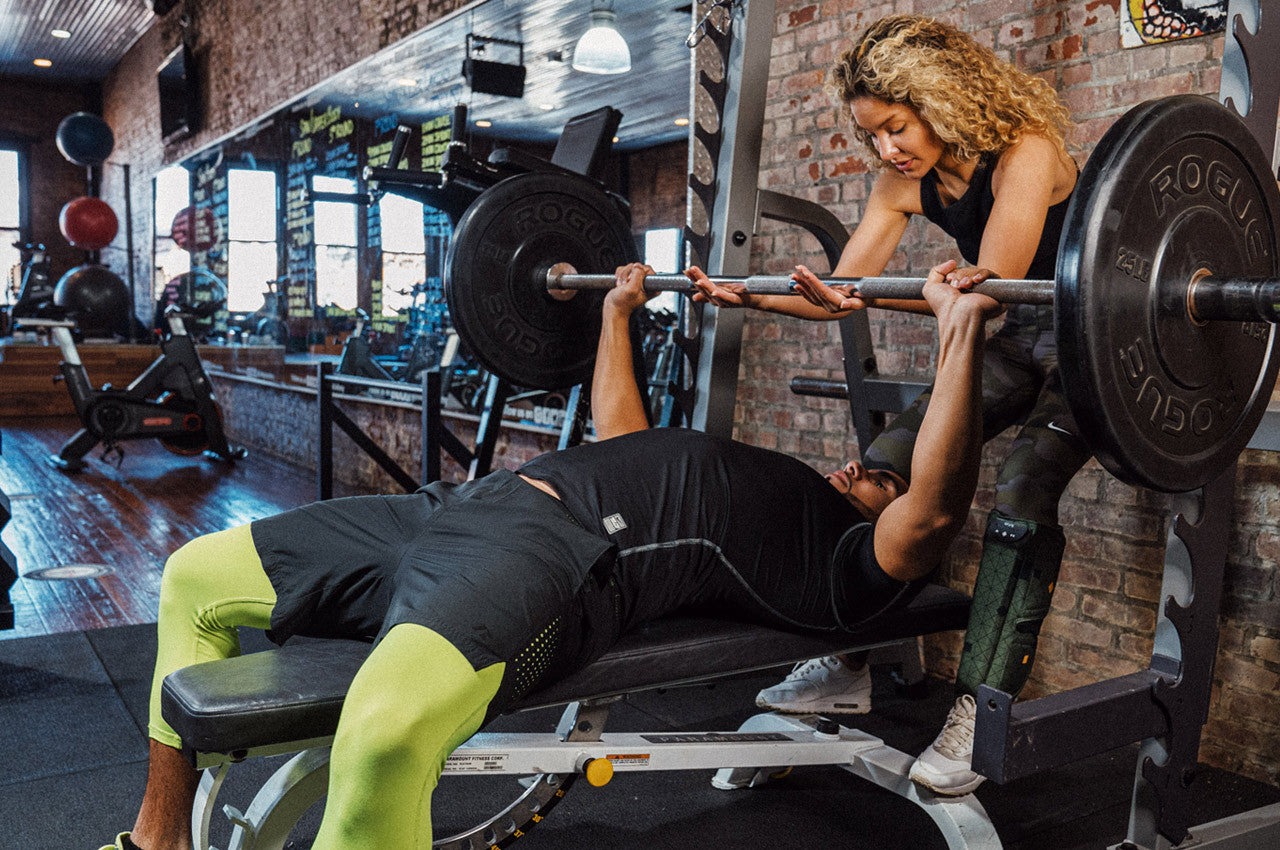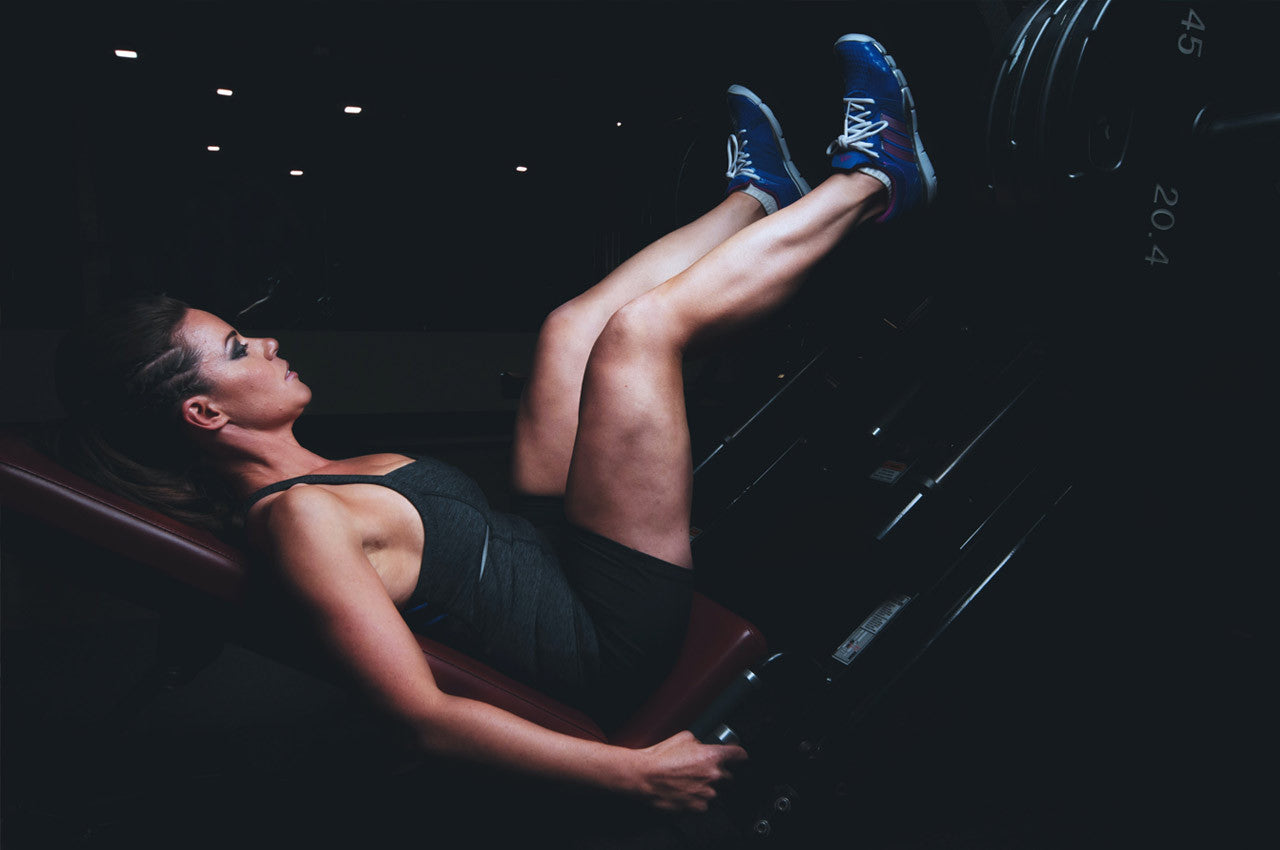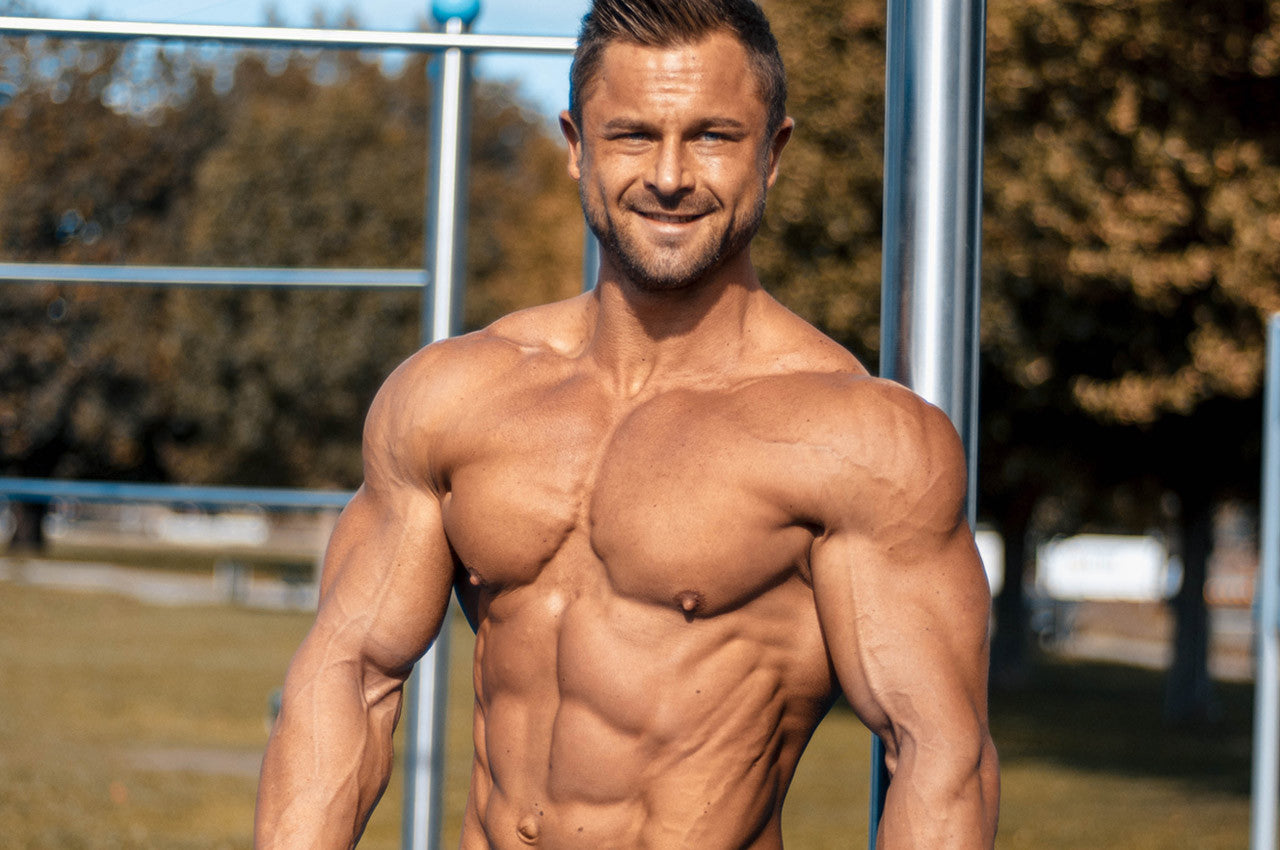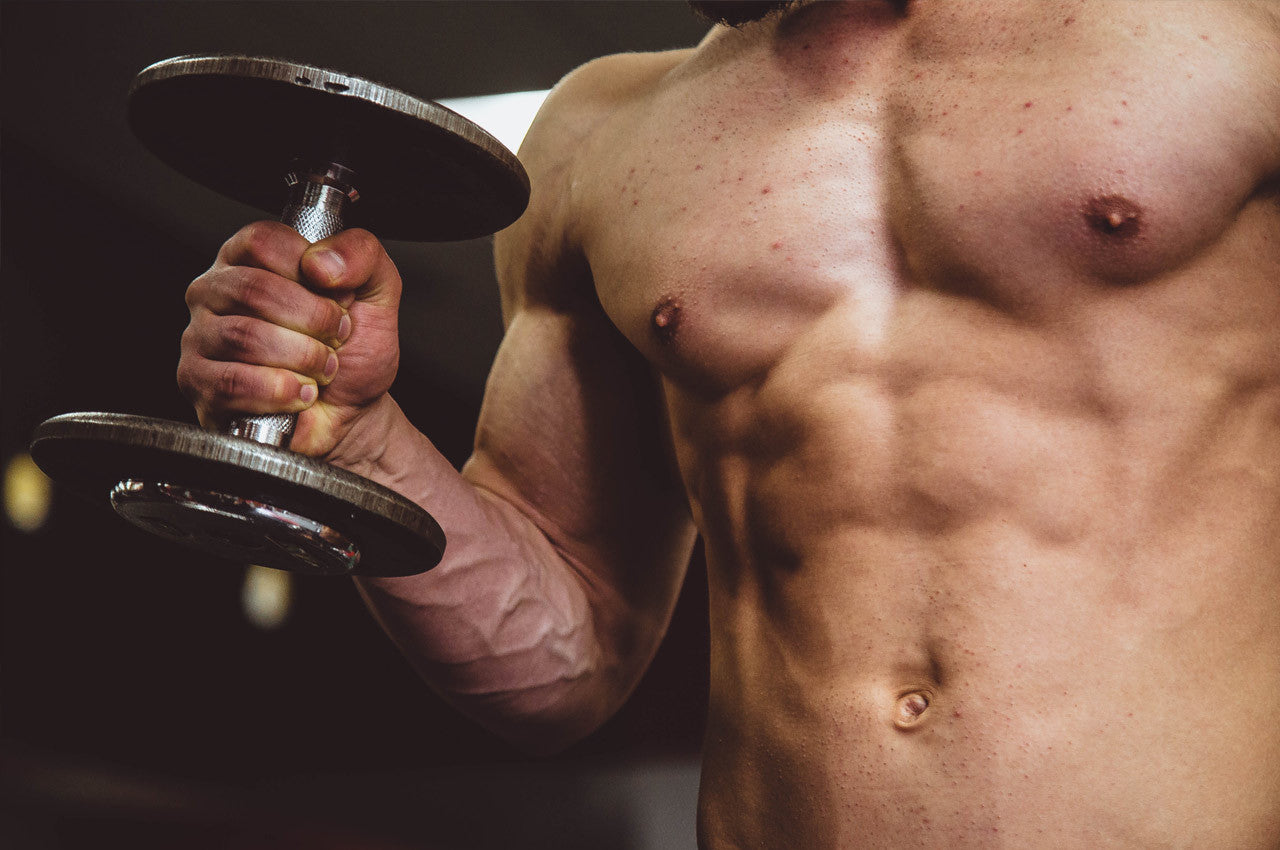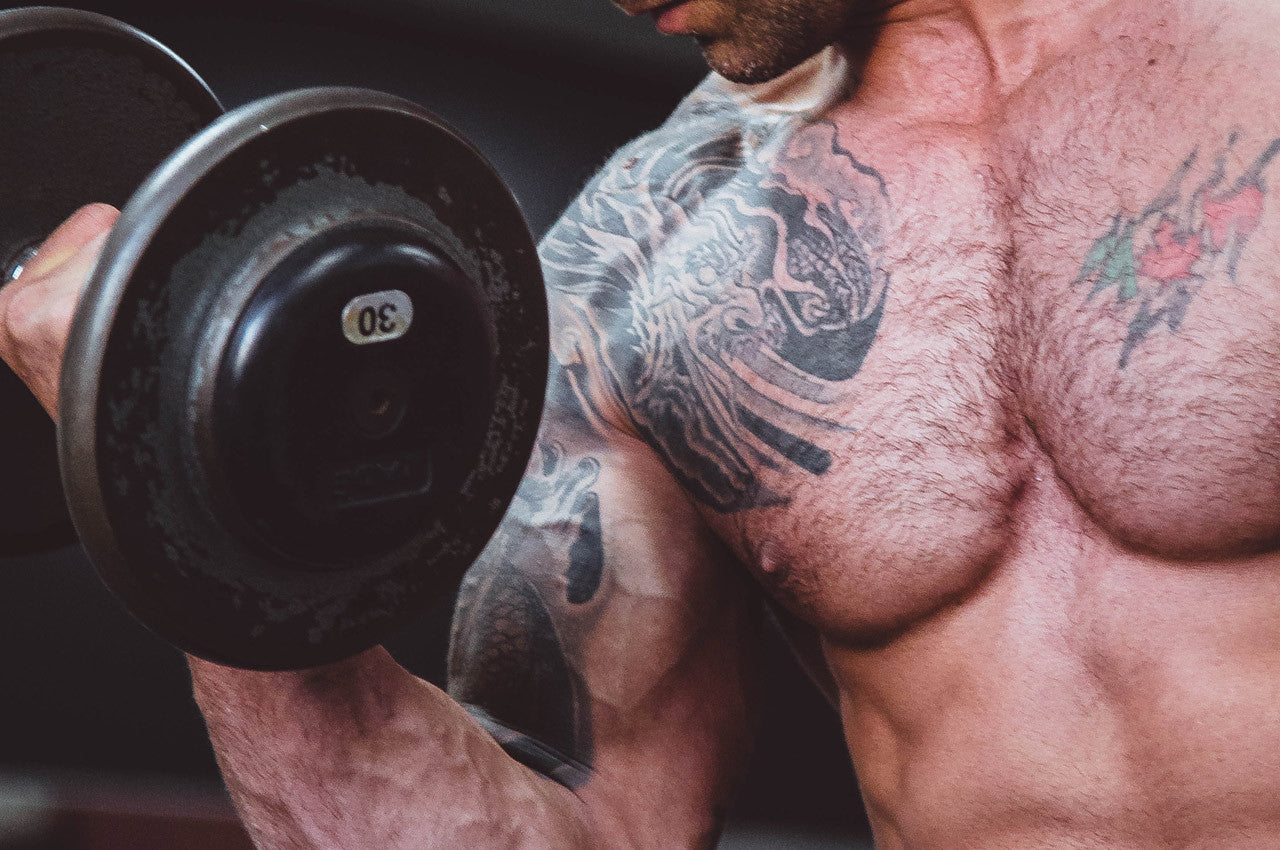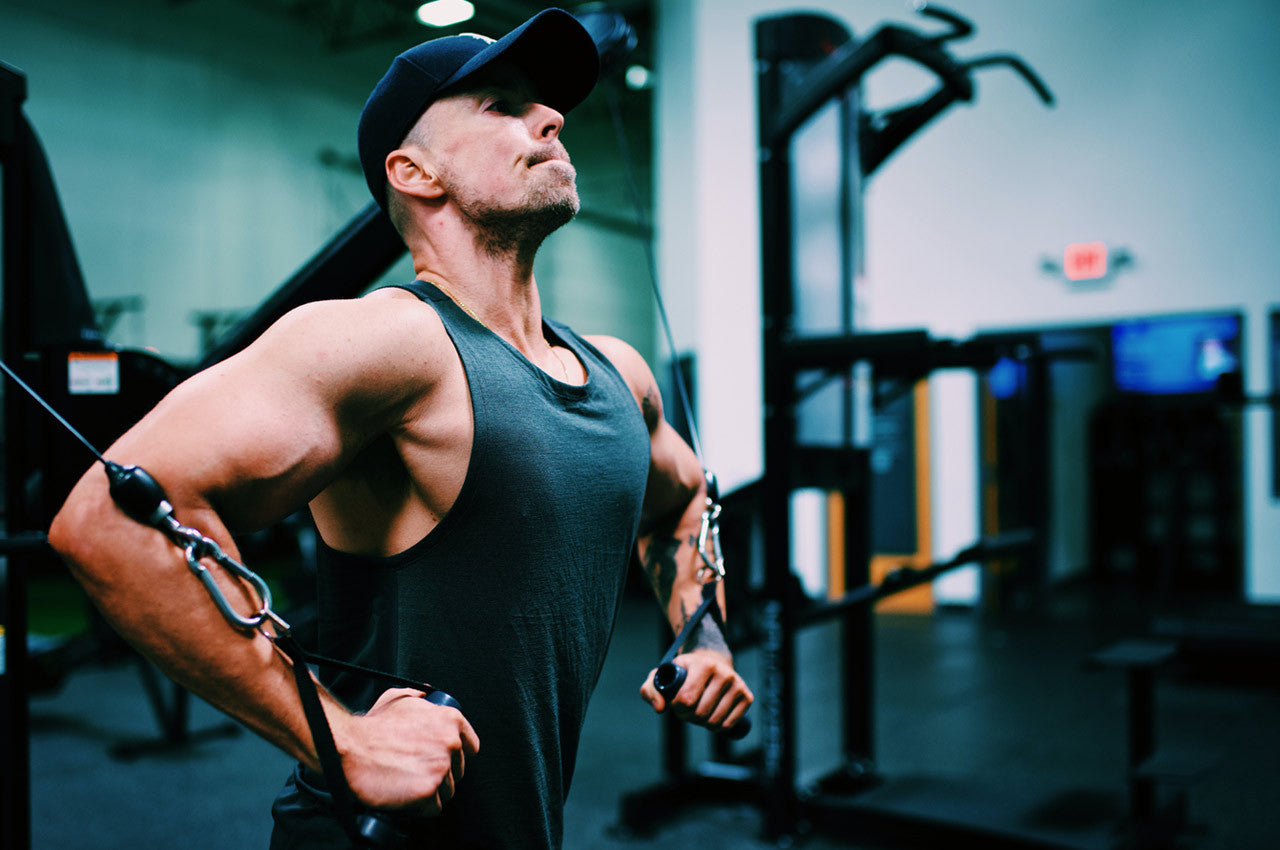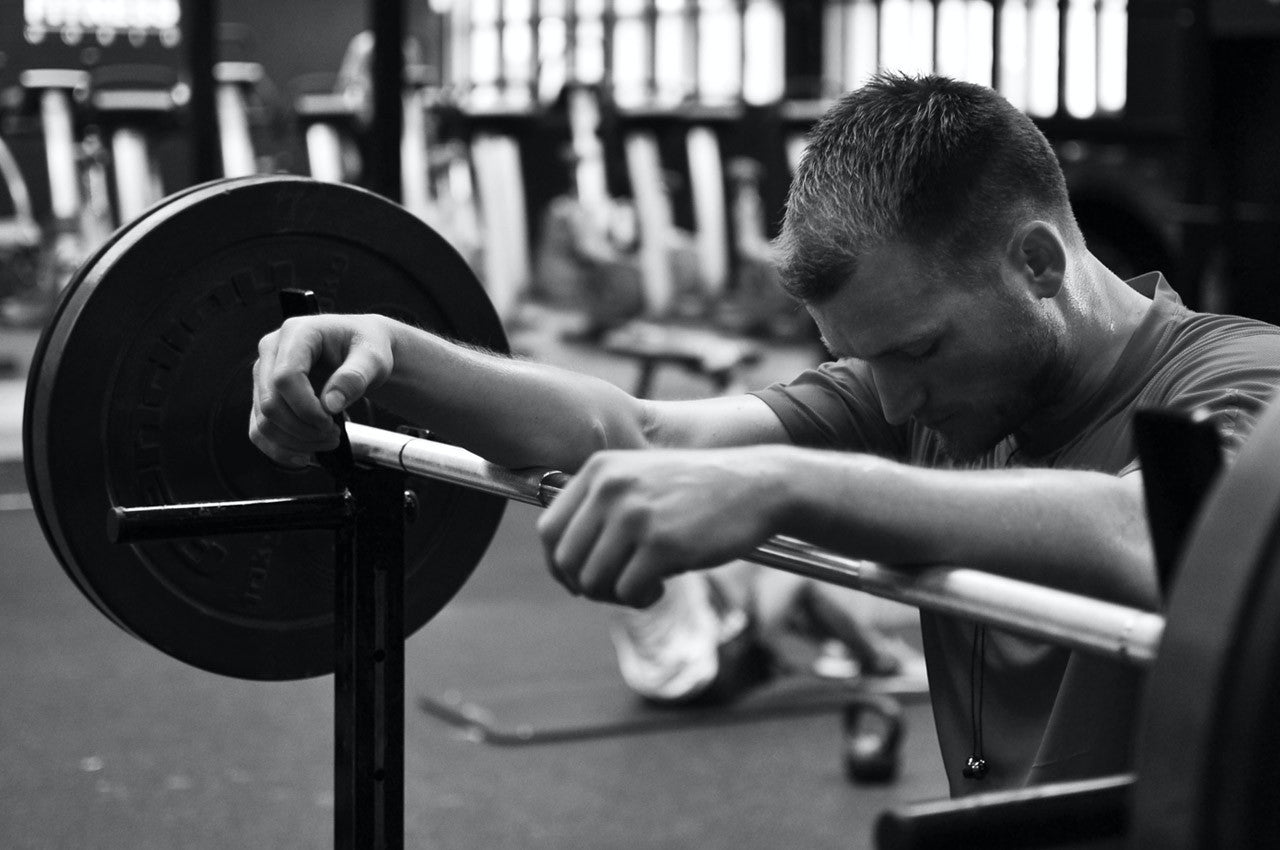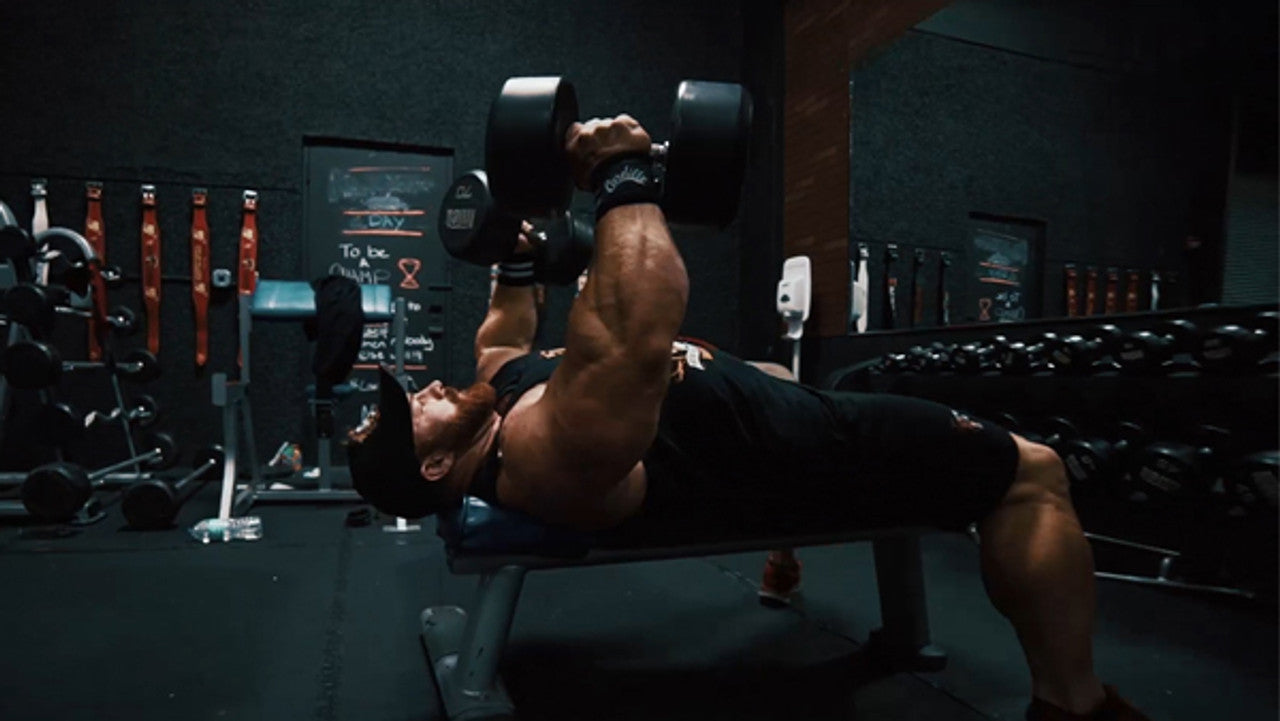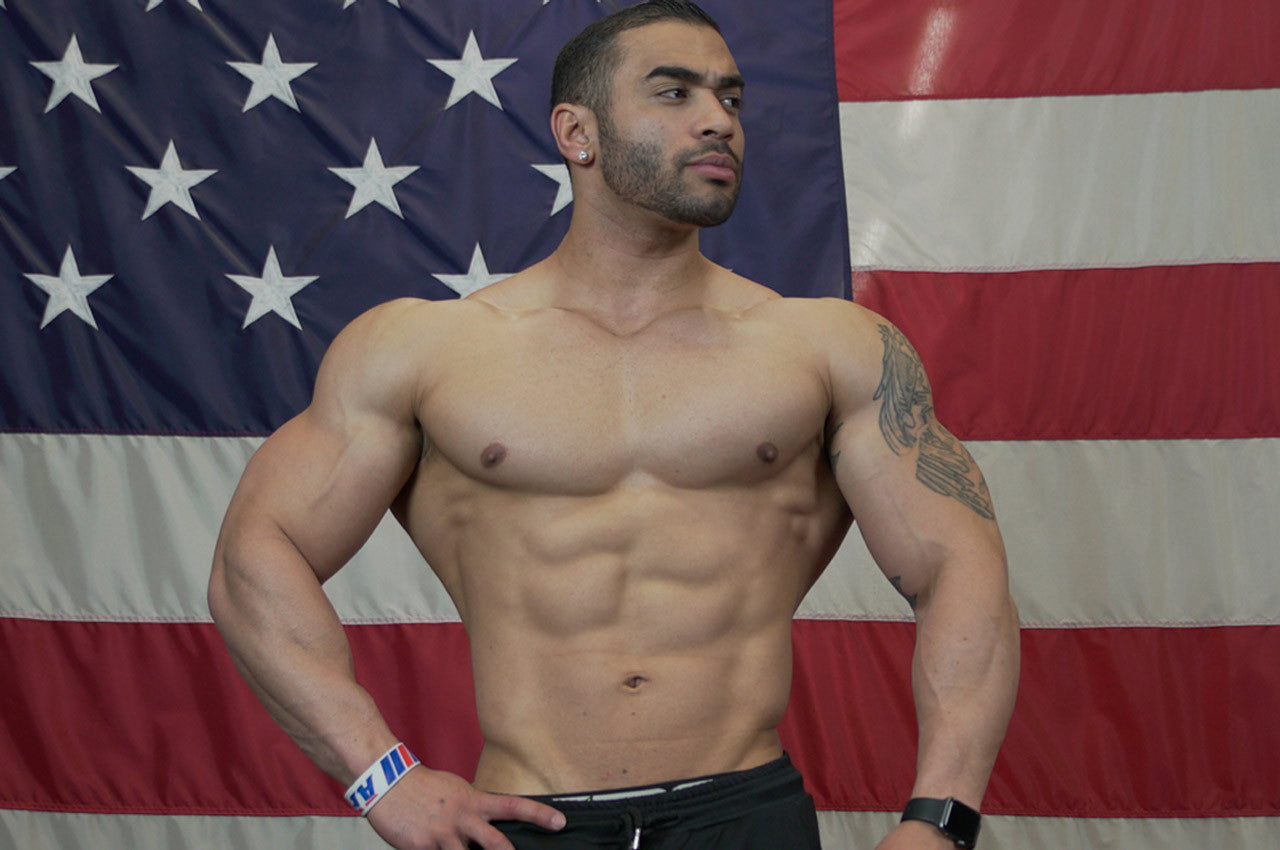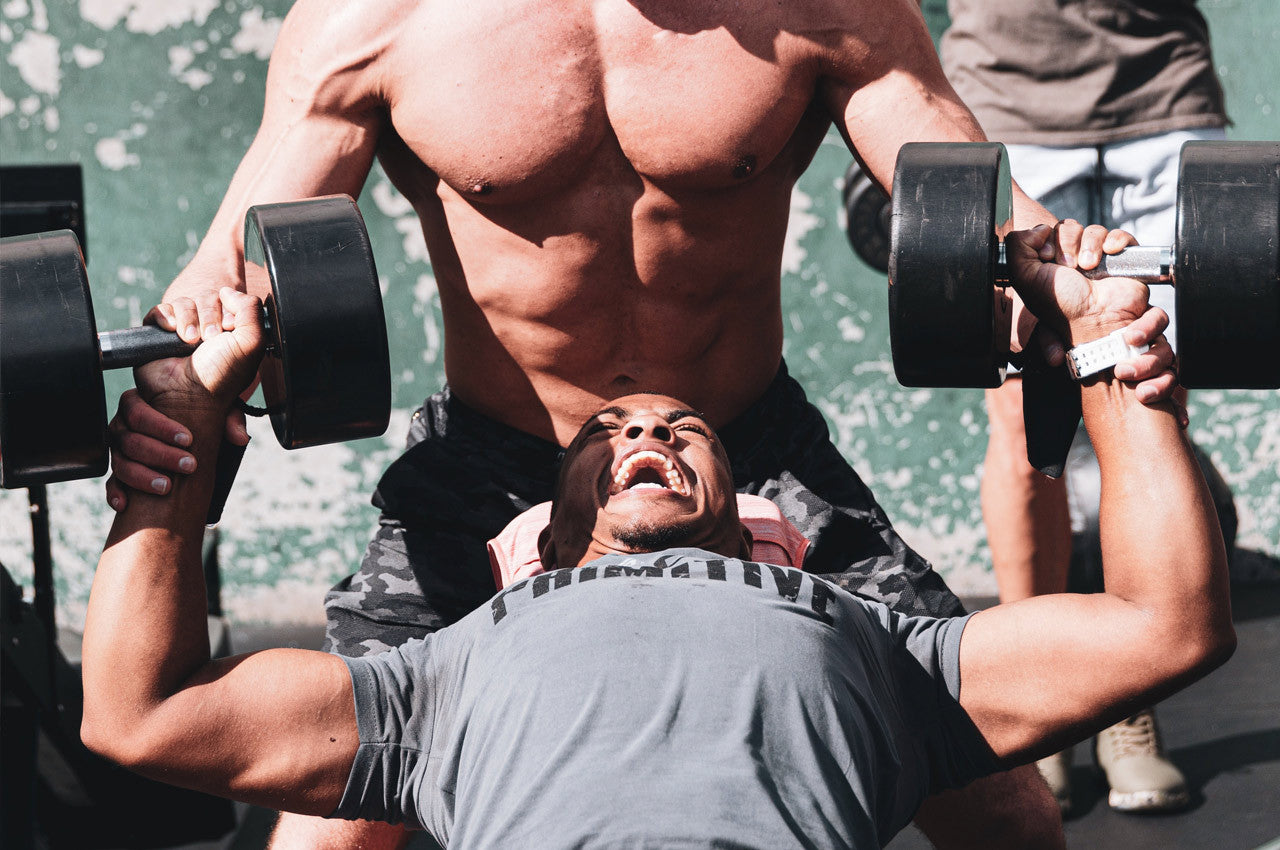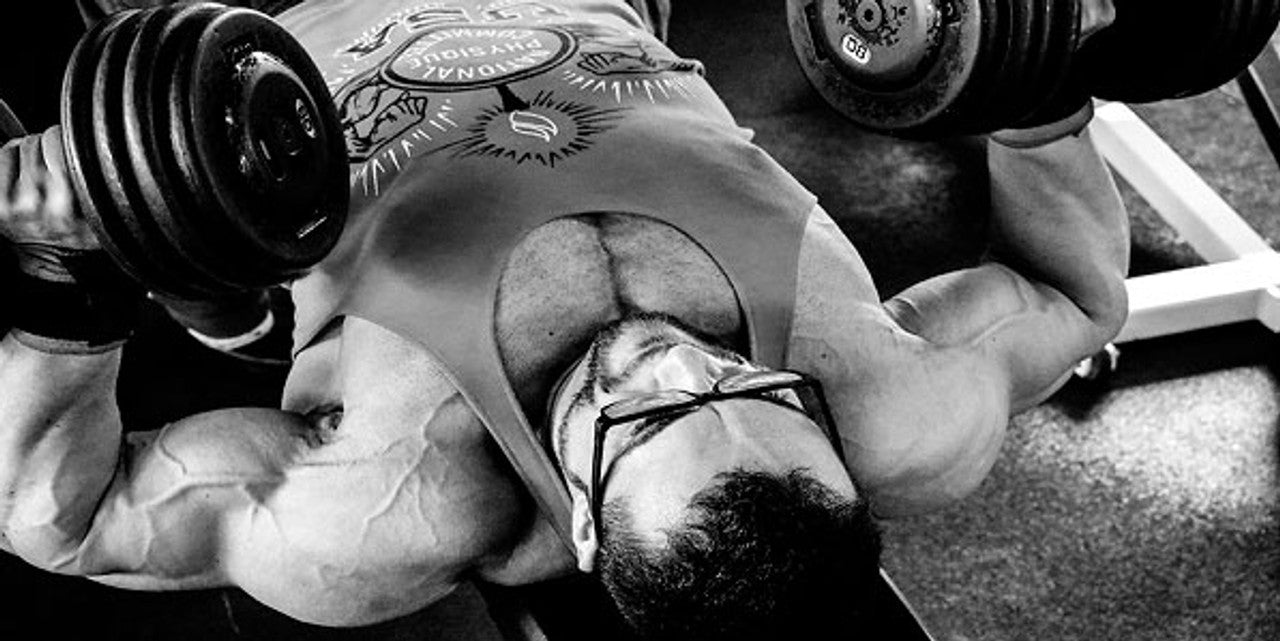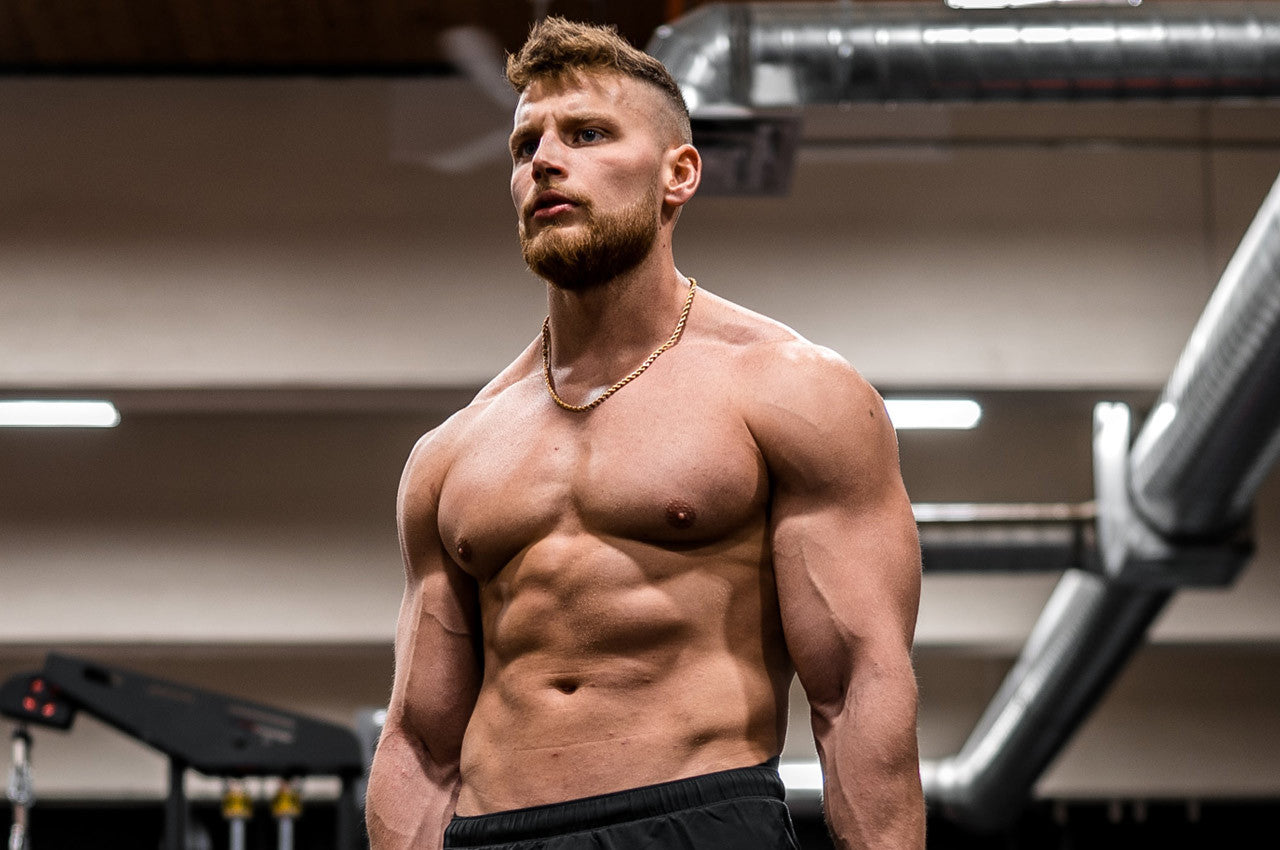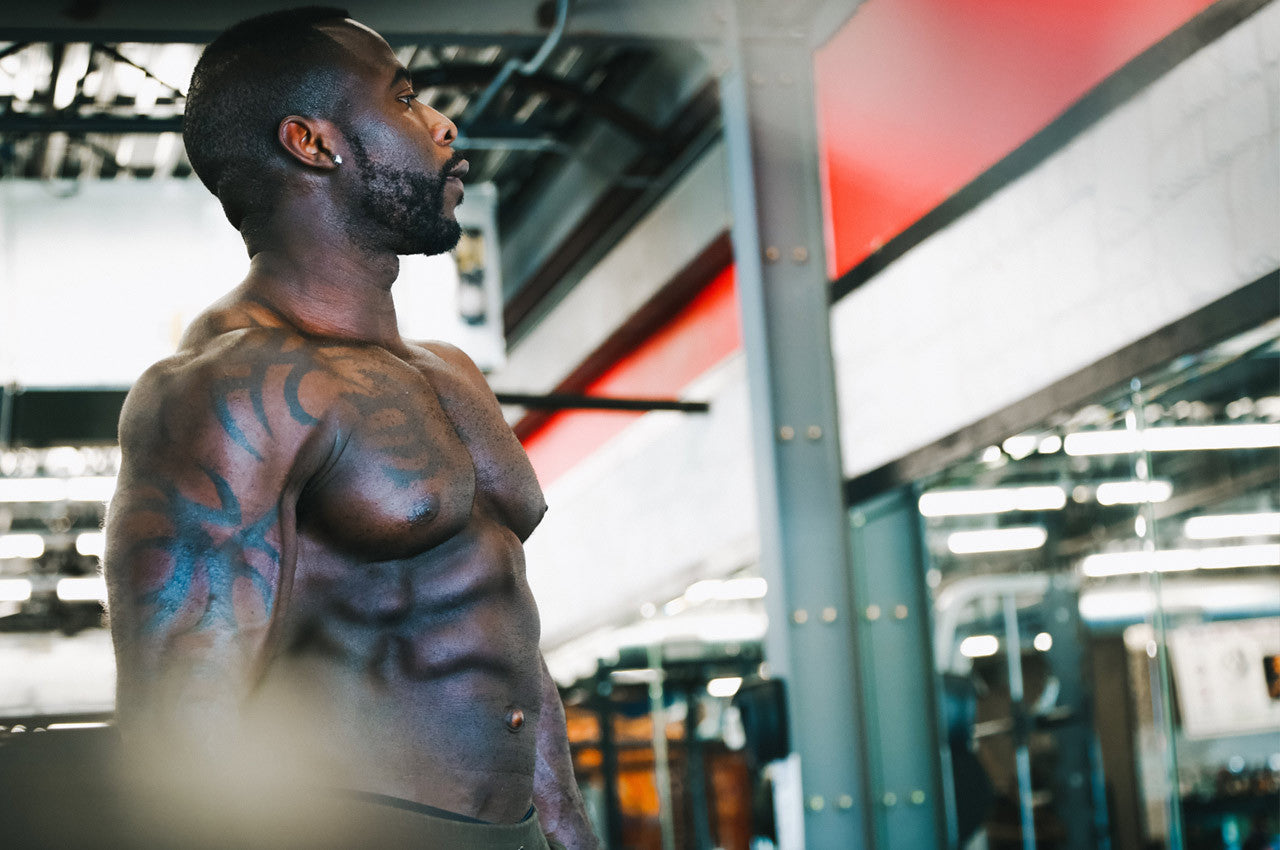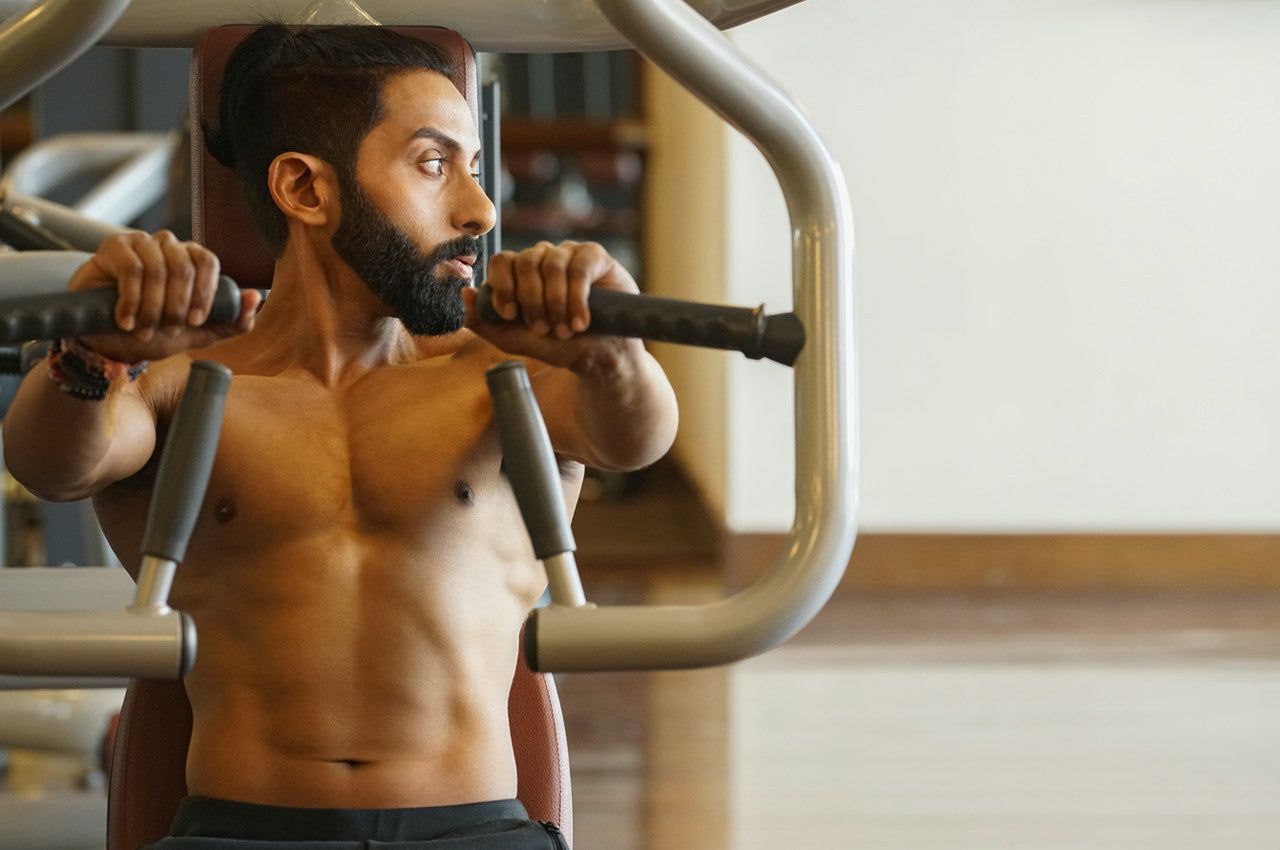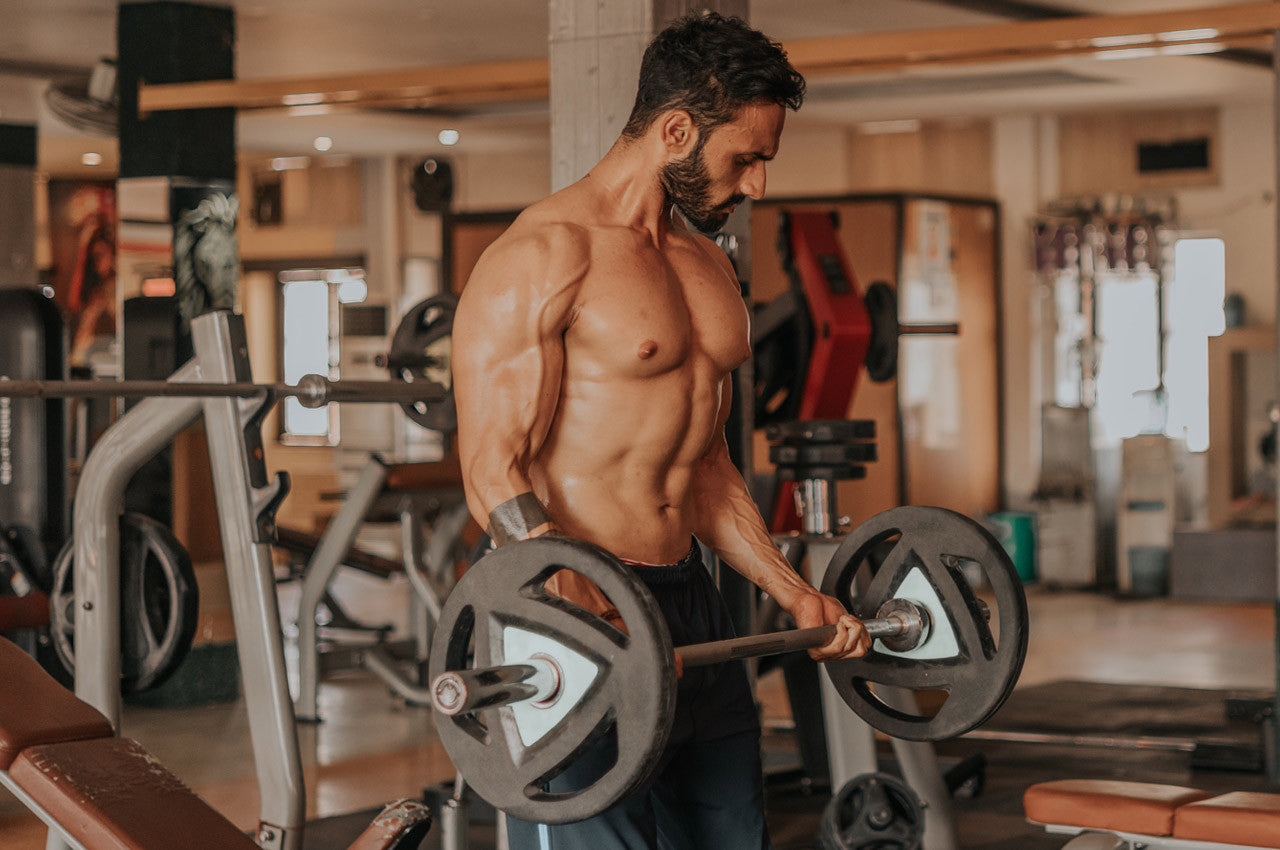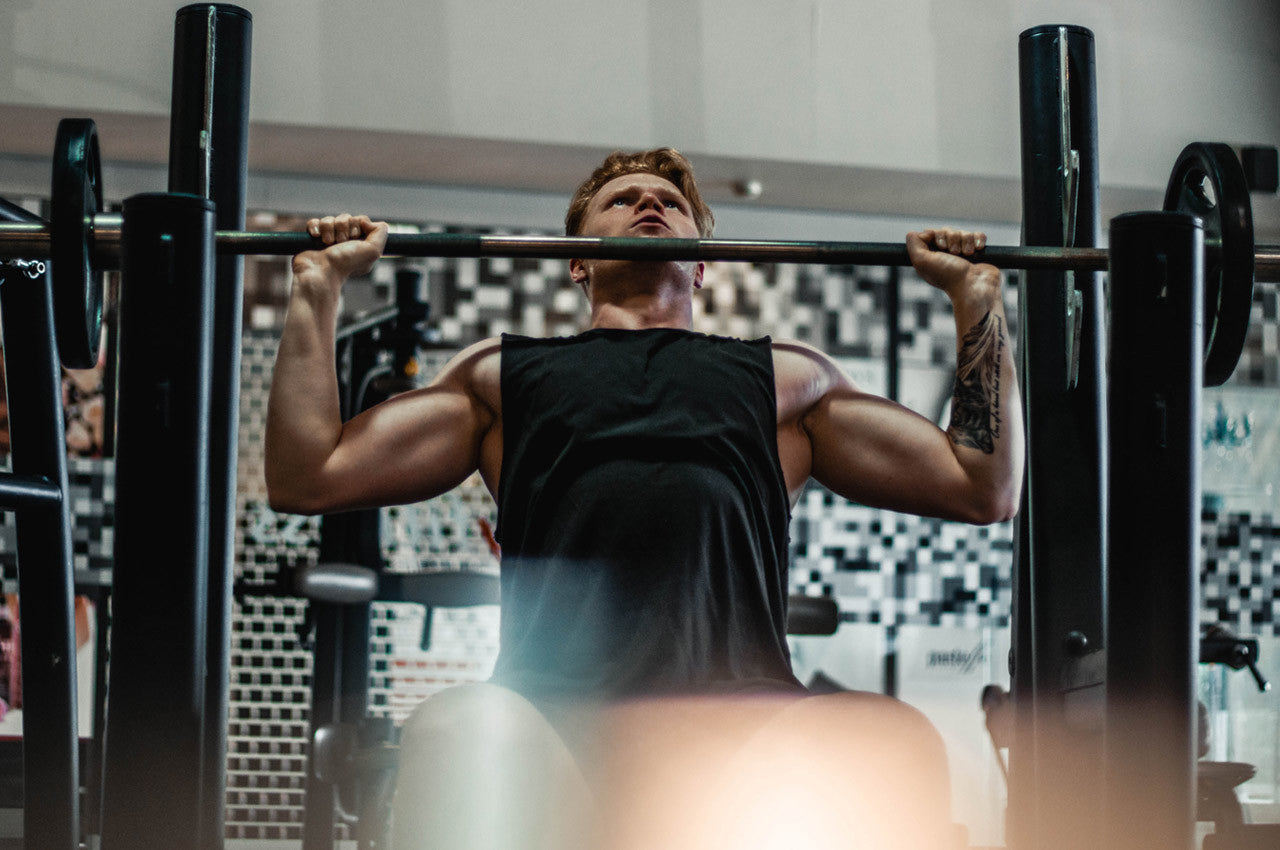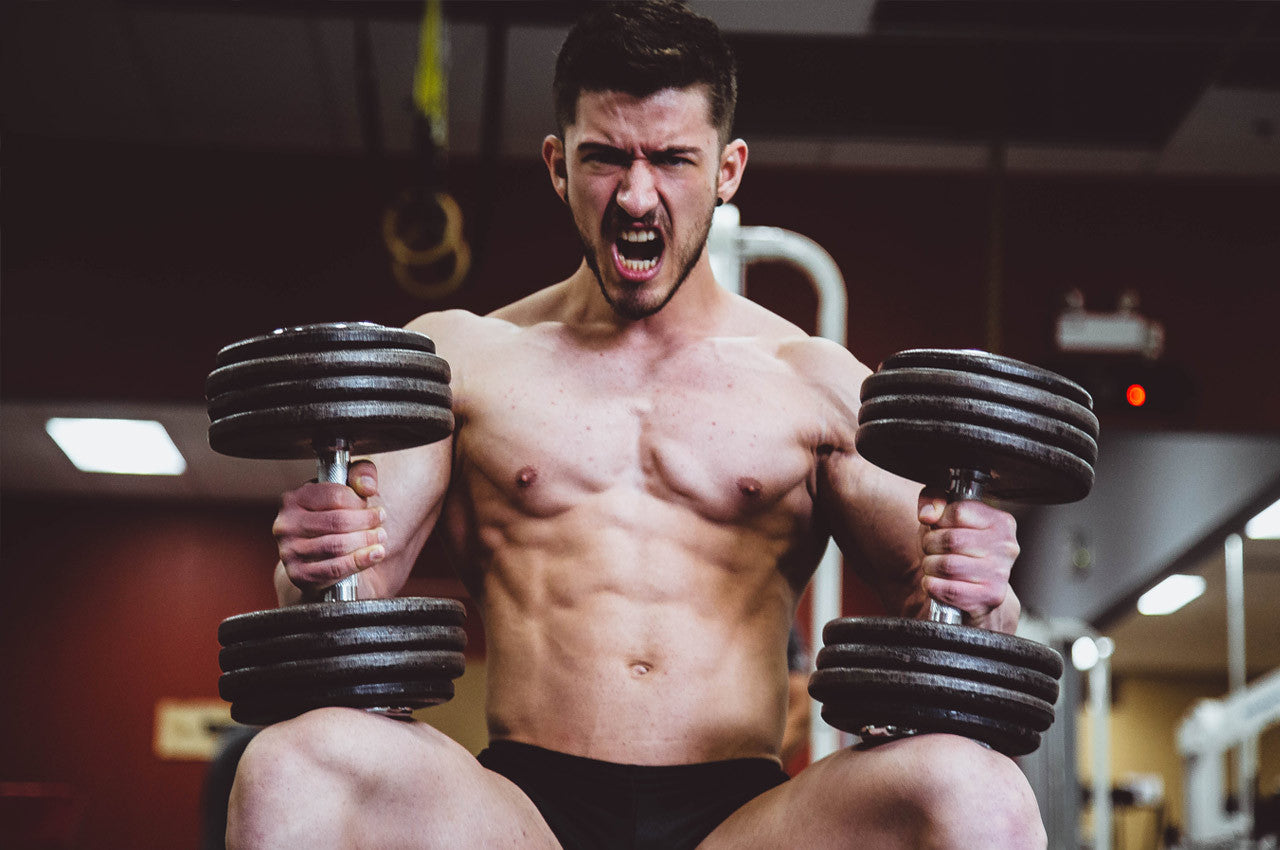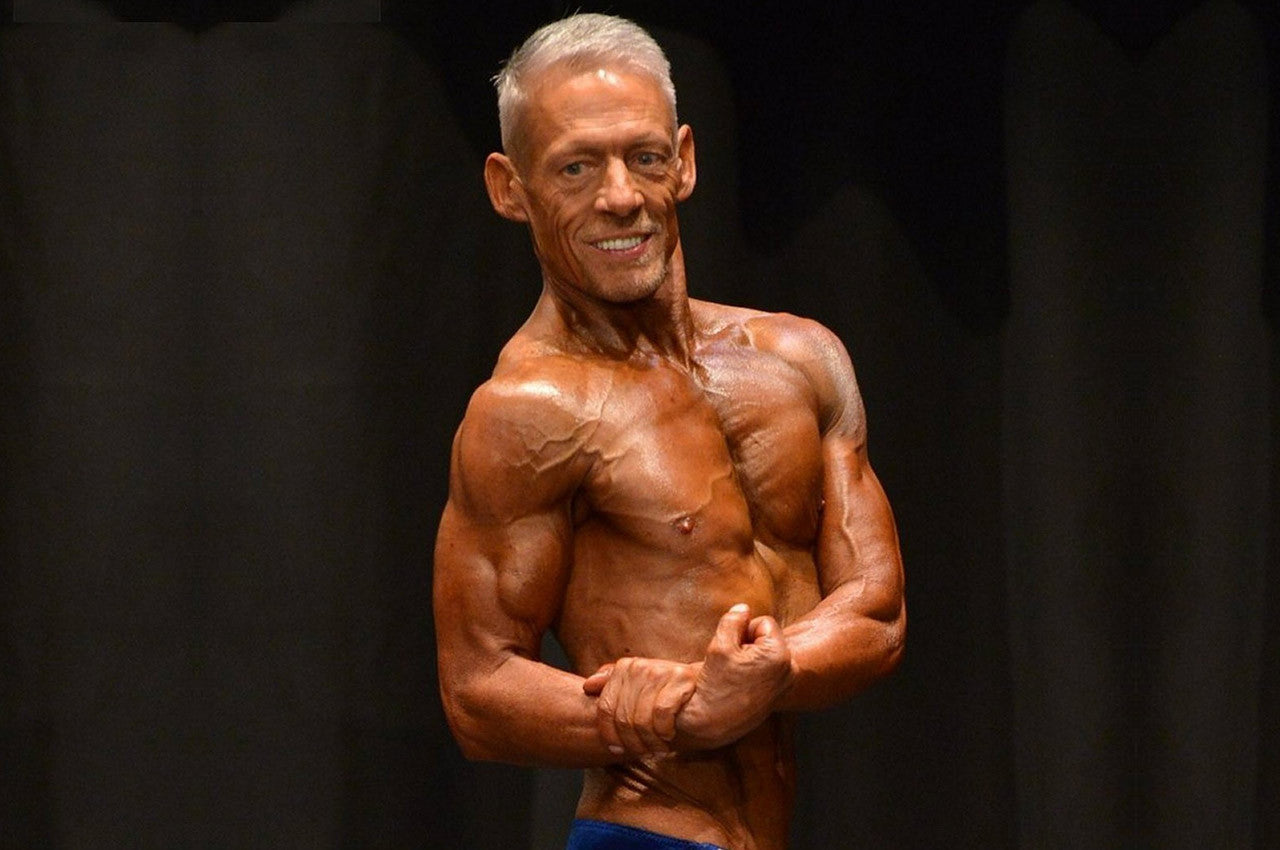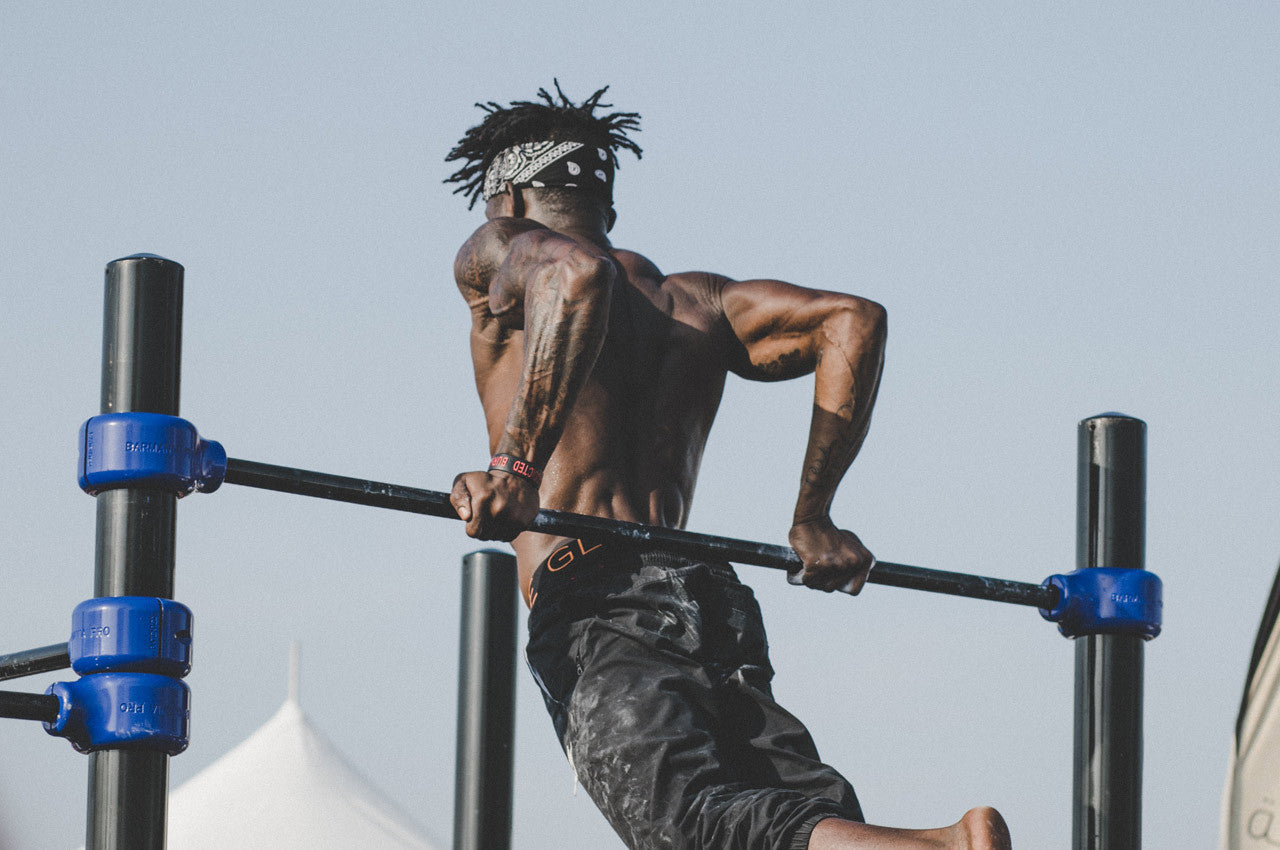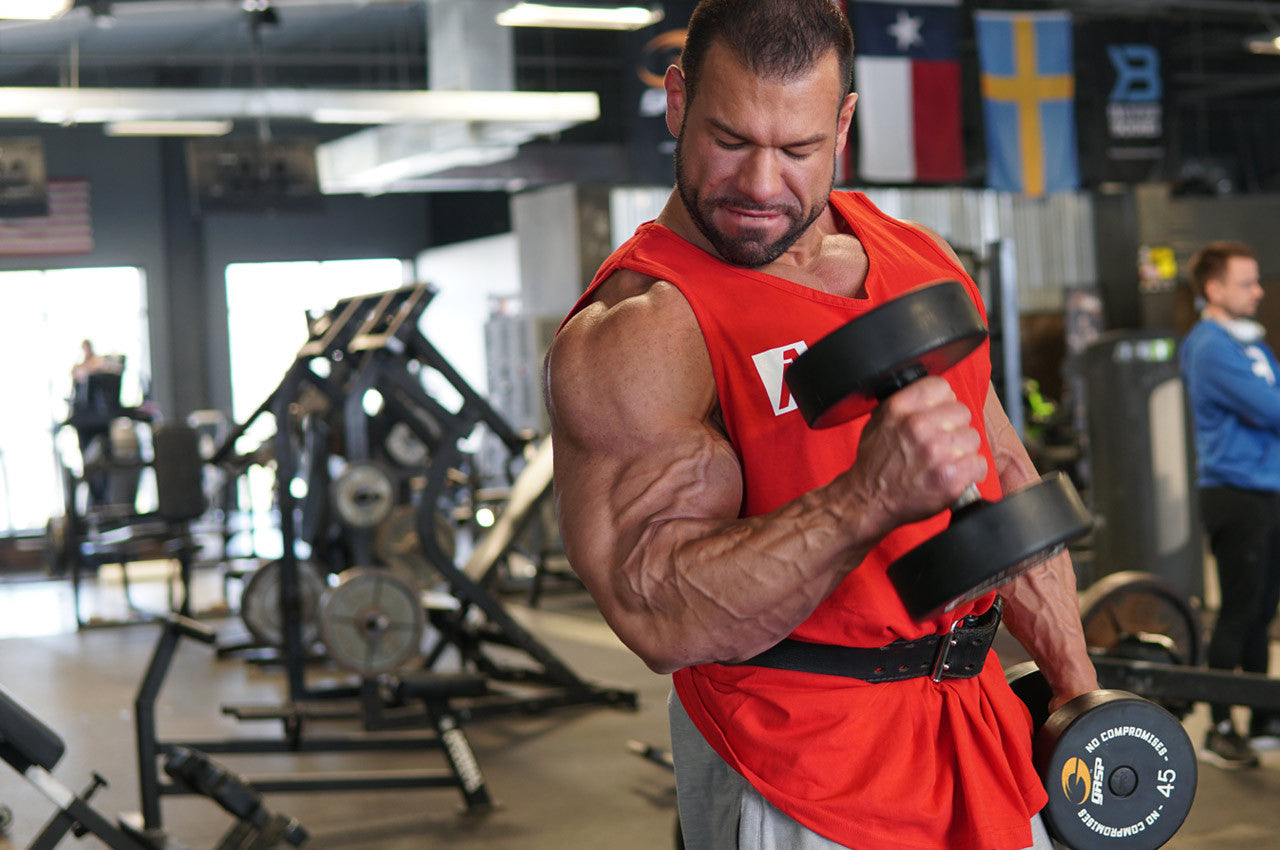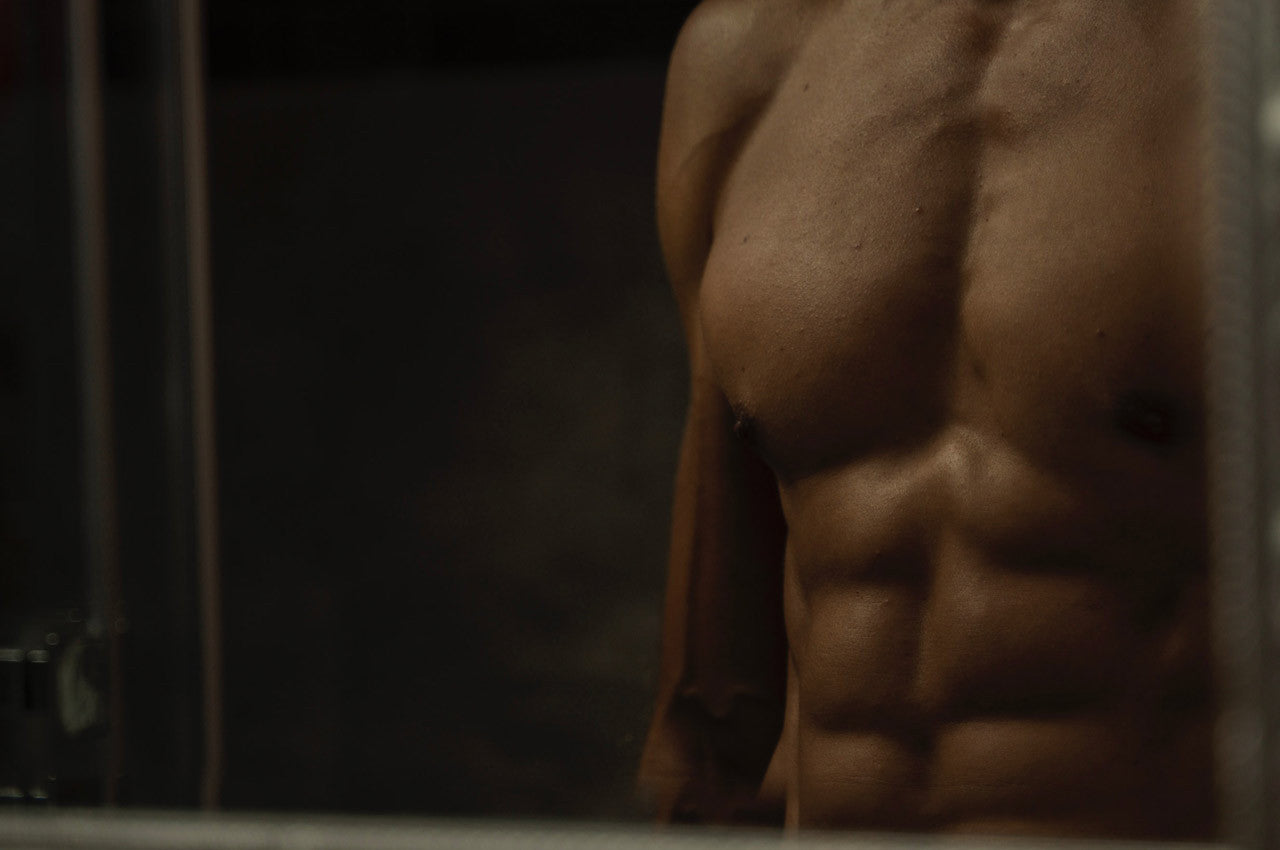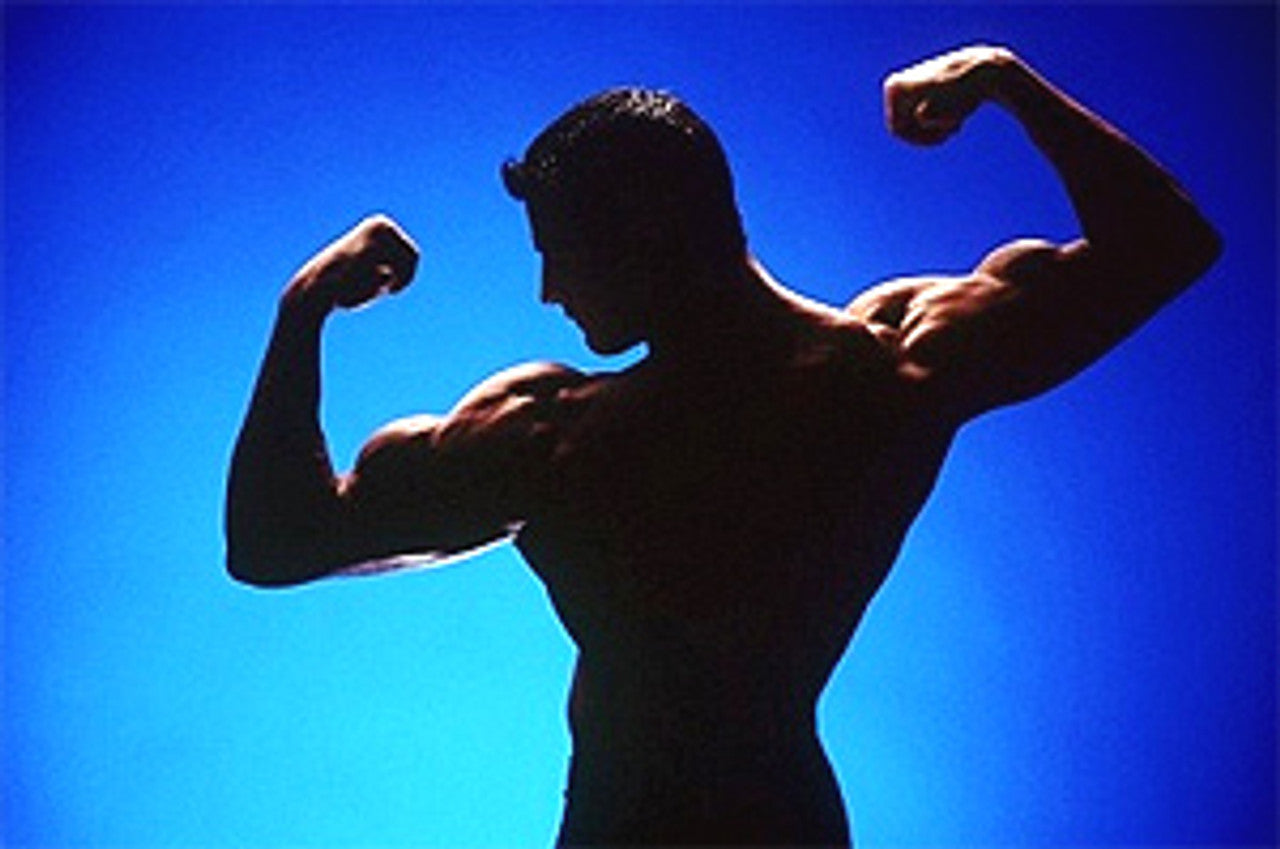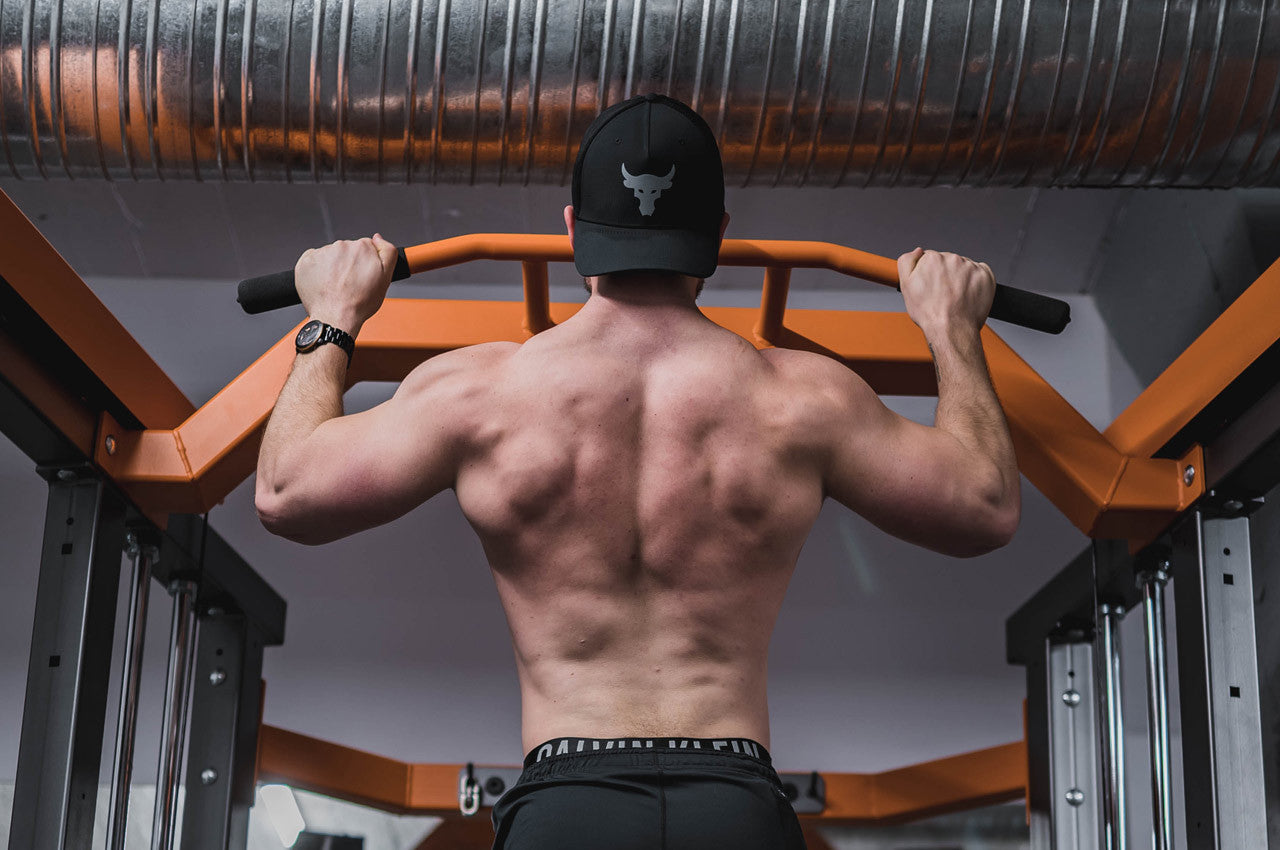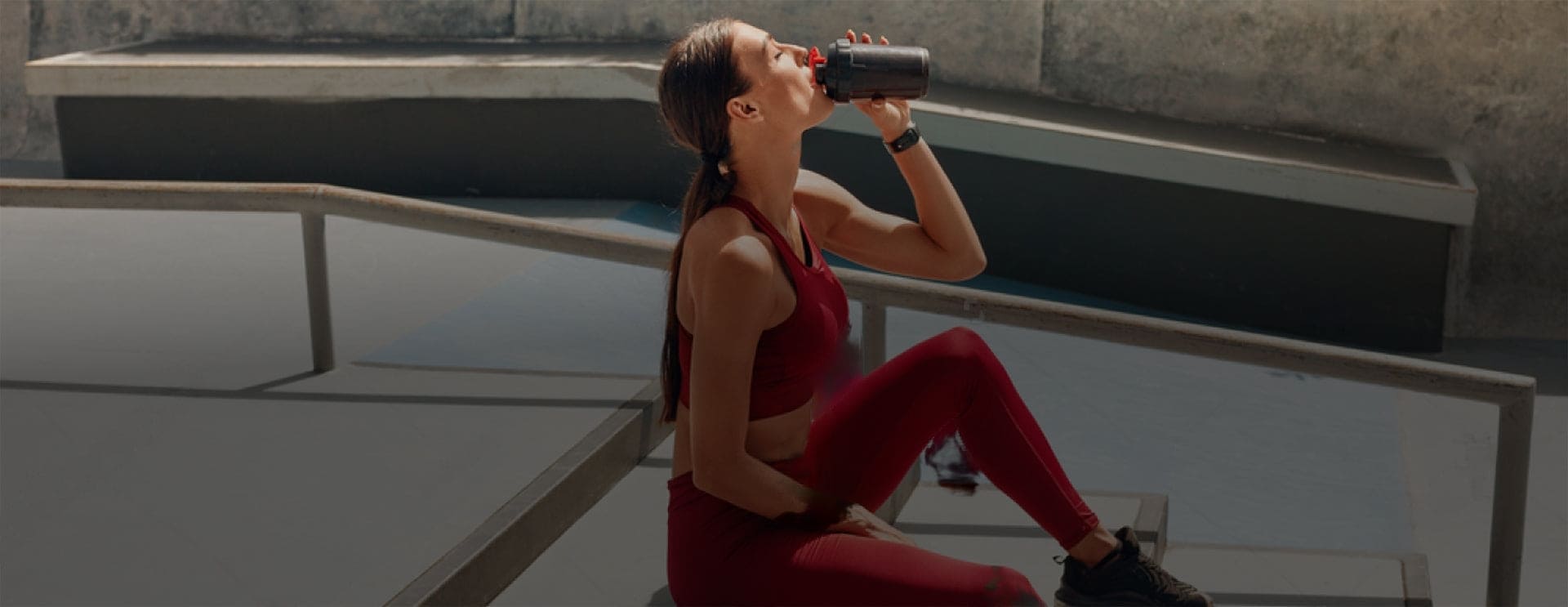
The reality is that there is nothing complicated about building an impressive chest. The bottom line for huge chest gains is consistency, effort and steady progression in weight and repetitions. There are no shortcuts to any place worth going, and a huge chest is no exception. Some are genetically blessed with well-developed pectorals, and for others their chest lags behind. Either way, hard work and dedication is the most important factor.
The Parts Of The Chest
The chest is made up of two main heads, the pectoralis major and the pectoralis minor. To stimulate the chest using weights you will be using one of two motions: a press or a flye. If you want the most out of your chest workouts, the key lies in your pressing movements. Although flyes may have their place every once in a while, the pressing movements are where your true strength lies. The more weight you can move, the more muscle fibers you can recruit. There is absolutely no replacement for heavy barbell presses, dumbbell presses and wide-grip dips. These are the basic, bread-and-butter lifts and should always be the cornerstone of your chest workouts. Always make sure that you use good form and don't go heavier than you are able to because the last thing you need derailing your progress is some pointless injury! Save the pec-deck and cable crossovers for the pencil necked geeks on the treadmill; real men train with real lifts. You don't have to eliminate them altogether, but definitely use them sparingly.
Keep It Simple
Like I said before, building thick and well developed pec muscles is fairly simple. There are no secrets, magic formulas or killer techniques that will "shock" your chest into massive growth. Stick to your basic presses, focus on overload and progression, and I promise that you will see impressive gains. If you feel that your chest is really lagging, you can even hit it twice a week within 3 days apart Here are the most effective and ineffective lifts for packing muscle onto the chest:
Flat/Incline/Decline Barbell Bench Press:
A standard barbell press is the meat and potatoes of any effective chest routine. This basic compound movement will allow you to handle the most weight through the given range of motion. The incline press will shift more of the stress to the upper region of the chest while the decline does the opposite, targeting the lower/outer region. The flat bench press works the upper and lower regions equally. I highly recommend a standard barbell press as a basic component of your chest routine.
Flat/Incline/Decline Dumbbell Press:

Dumbbell presses are another basic and highly effective movement for stimulating chest development. The main advantage they have over the barbell is that they allow you to move through a more natural range of motion, helping to prevent shoulder injuries. They also prevent strength imbalances from occurring since one arm can't cheat for the other. The only drawback is that you are not able to handle as much weight. Overall, a standard dumbbell press is an awesome movement that allows for great chest stimulation.
Dips:
An amazing movement for the chest that is often overlooked. Make sure to use a wider grip and lean forward to shift the stress from the triceps onto the pectorals. If pressing your own body weight is not sufficient then you can always add weight using a weight belt. Dips are an excellent compound movement for overall chest development, and as a side-note, they will shred your triceps to striated monsters!
Dumbbell Flyes:
An isolation movement for the chest that won't allow you to use very much weight and will therefore limit overall muscle overload. Not the most effective lift for chest development, but may be used on occasion for variety and to keep things interesting. I would make sure to save this one for the end in order to save your strength for those all-too-important compound movements like presses and dips.
Cable Crossovers:
This is basically a standing cable flye. Pretty much the same idea as the flat dumbbell flye, and not the most effective lift for building chest mass. Save this one for last if at all.
Pec Deck:
Places a lot of stress on the shoulders and doesn't allow for very much chest overload. The pec deck is a fairly ineffective lift and I would avoid it altogether.
Here are some sample chest routines that are highly effective:
- Flat Bench Press: 2 sets for 5-7 reps
- Incline Dumbbell Press: 2 sets for 5-7 reps
- Dips: 2 sets for 5-7 reps
- Incline Bench Press: 2 sets for 5-7 reps
- Dips: 2 sets for 5-7 reps
- Flat Dumbbell Press: 2 sets for 5-7 reps
- Incline Dumbbell Press: 2 sets for 5-7 reps
- Dips: 2 sets for 5-7 reps
- Flat Dumbbell Press: 1 set for 5-7 reps
- Dumbbell Flyes: 1 set for 5-7 reps
Keep Focused And On Track
All sets should stay within the 5-7 rep range and should be taken to complete muscular failure. Write down the details of each workout you perform and focus on progressing in either weight or reps from week to week.
Always remember to keep your protein intake to at least 1 gram of protein per pound of bodyweight and give yourself good recovery time and if you want to be able to maximize your intense workouts. So there you have it! That is all you need to know to make huge chest gains. Nothing complicated, just basic, sensible lifts and routines concentrating on compound movements and high intensity. There is nothing more to it than that!
Take all sets to complete muscular failure and focus on progressing each week by using slightly more weight or performing an extra rep or 2. If you can incorporate this way of thinking into the rest of your training, you will achieve size beyond anything you previously thought possible!

